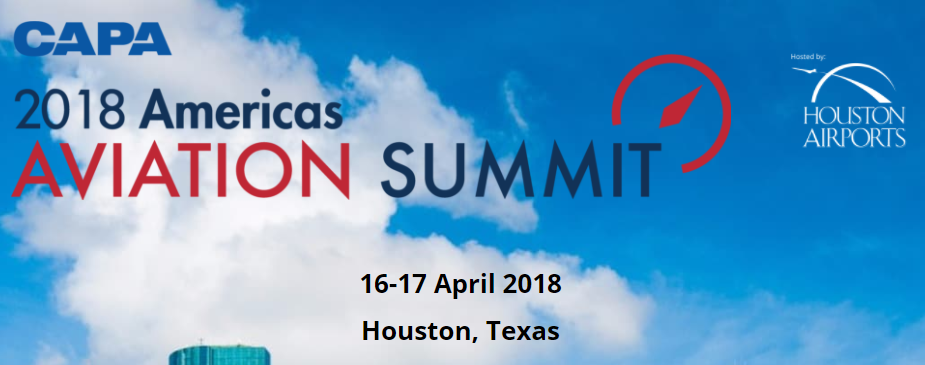The high growth markets of the next decade tend not to offer the same level of commercial certainty, so new strategies are needed if the US airlines are to tap these opportunities. Paradoxically, these seem likely to depend on continuing liberalisation of the market place.
Asia's airlines are continuing to embark on what they consider to be once-in-a-lifetime long haul growth. Nowhere is this more significant than in mainland China, whose airlines have been busily opening over 100 new intercontinental destinations since 2006.
Japan too remains a key market, still retaining a strong proportion of premium travel and relatively high leisure yields. Under the US-Japan open skies regime, joint ventures can be forged - at least between the respective oneworld and Star Alliance partners.
But in the US-China market, where Chinese carriers dominate, lack of progress with open skies discussions and patchy relationships between both countries' respective airlines could put Chinese growth plans in check. There has been some move to acquire equity holdings in Chinese major airlines, with American Airlines into China Southern Airlines and Delta Air Lines linking China Eastern Airlines into an intriguing mènage à quatre with Virgin Atlantic and Air France-KLM.
But questions remain...
- China-US market in focus: Does anyone in the US now want open skies?
- Does the Japan JV example offer any solutions? How even is the playing field between China and the US?
- What is limiting US airlines access to China's key markets?
- Slot allocations and infrastructure (Does new airport infrastructure at Shanghai and Beijing promise relief?)
- Airspace restrictions, protectionism?
- The characteristics of the market?
- How important is the Japan market in the long term?
- In its own right
- As an intermediate point
- Are non stop ultra long haul services from the US to south and north East Asia sustainable for the network carriers - or is the market too price sensitive?
- How important is it for US network carriers to maintain capacity on strategic routes to defend market share?
Meanwhile, Latin America has long been the backyard for US airlines of all sizes. As a high potential growth market, its outlook is quite different from the Asian profile. Already US airlines have secured significant equity holdings and partnerships, in attempting to subdue some of the more difficult elements of competition. This has been possible as several key Latin American countries, such as Mexico, Brazil, Chile and now Argentina have adopted relatively liberal aviation policies.
Ownership and control and foreign equity ownership have been significantly relaxed in several cases. Only a small number of states including those of central America have resisted this trend. As the main Latin economies emerge from the difficult times they have experienced in this decade, there is the potential for US airlines to establish even stronger ties
But, again, many questions remain...
- How do limits on open skies and infrastructure constraints inhibit growth?
- Are Latin American governments likely to pursue liberal market regimes, including market access and foreign ownership?
- Are more cross border equity investments likely as partnerships evolve?
- Are there opportunities for multilateral liberalisation that would benefit US airlines?
- Which markets are underserved and have the most potential?
This will be one of the topic areas discussed at the forthcoming CAPA- Centre for Aviation Americas Aviation Summit that takes place in Houston, USA between April 16-17, 2018.
Understanding aviation markets is CAPA's great strength and passion and this year's agenda includes a variety of topics sure to generate interest. Exploiting the regulatory toolbox in higher growth markets: JVs, equity ownership, alliances, codeshares, sixth freedom partnerships… will form the basis of Session Two, entitled 'High Growth Markets: Asia and Latin America' which will take place on the morning of 16-Apr-2018.
The high-level Americas Aviation Summit is a forum for debate and discussion of strategic issues facing the region's aviation industry and it is attracting airline and travel industry CEOs from across the Americas region, Asia, Europe and the Middle East.
It is a key time in the United States as it approaches the next generation of aviation. As consumer demands change rapidly, as infrastructure needs remain unsatisfied, and as longstanding policies are under attack, the US airlines are unprecedentedly profitable. There is much that needs to be fixed if they are not to be marooned in the present, domestically and internationally.
FIND OUT MORE... visit the CAPA Americas Aviation Summit homepage to find out more about this not-to-be-missed opportunity to discuss relevant issues impacting the US aviation sector and learn meaningful insights from your industry peers.

